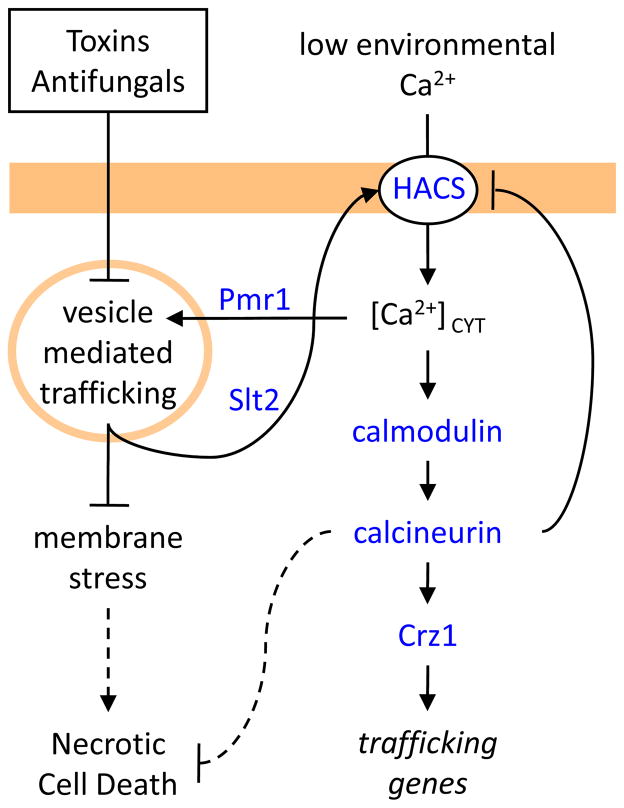Figure 2. Ca2+ transport and signaling in S. cerevisiae cells exposed to membrane-active toxins and antifungal agents.
Toxins (e.g. tunicamycin) and antifungals (e.g. fluconazole) that disrupt secretory protein biogenesis or membrane biogenesis lead to membrane stresses and activation of a MAP kinase (Slt2) that activates a high-affinity Ca2+ influx system (HACS; Cch1, Mid1, Ecm7). Downstream signaling pathways help to alleviate the stress by boosting secretory performance. Mutants that lack the secretory pathway Ca2+ pump (Pmr1) or other factors important in vesicle-mediated trafficking pathways (e.g. Kex2) result in membrane stresses that constitutively activate Slt2 and HACS. Cells containing calcineurin survive these stresses whereas cells lacking calcineurin die by poorly understood necrosis-like mechanism.

